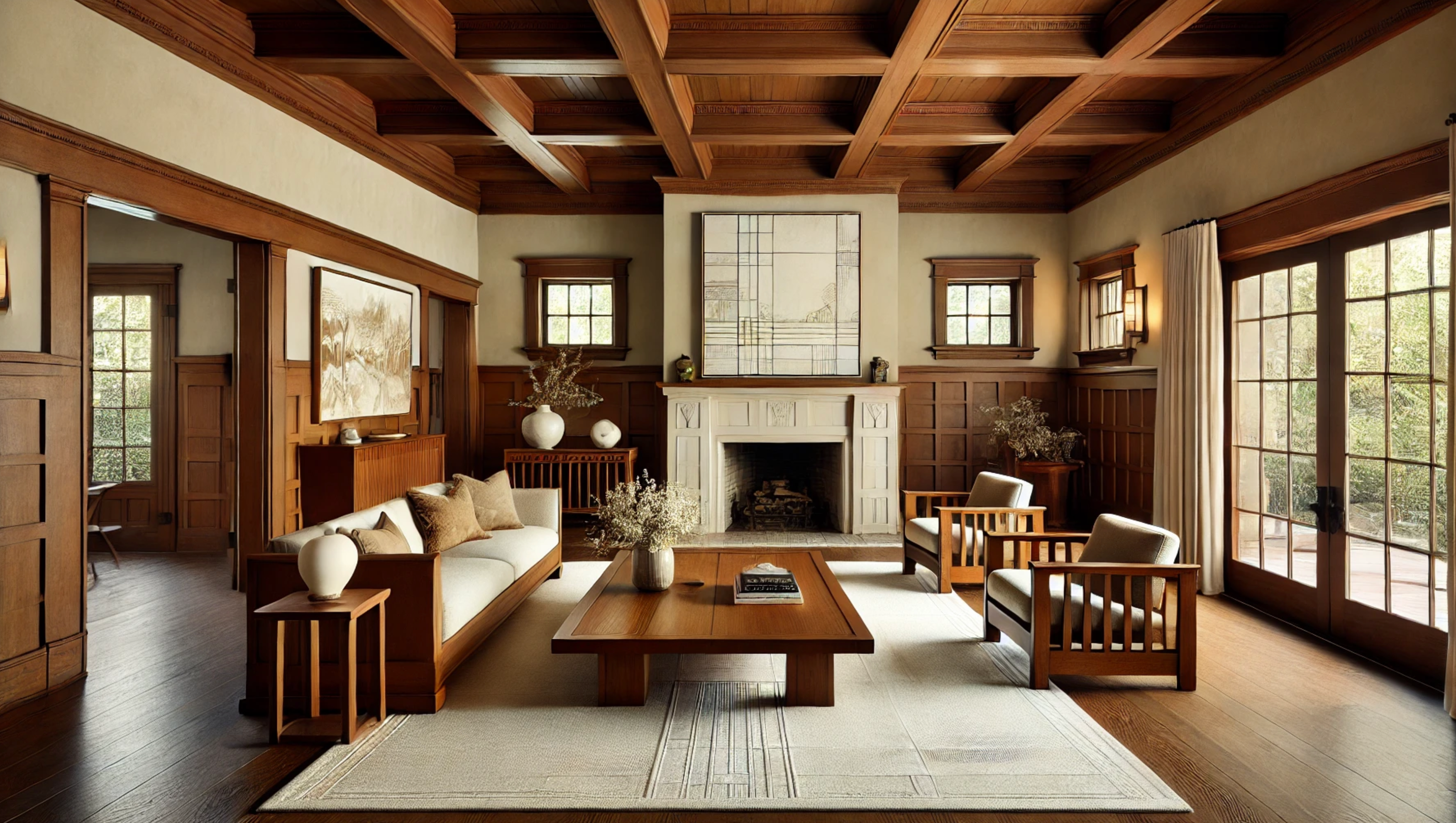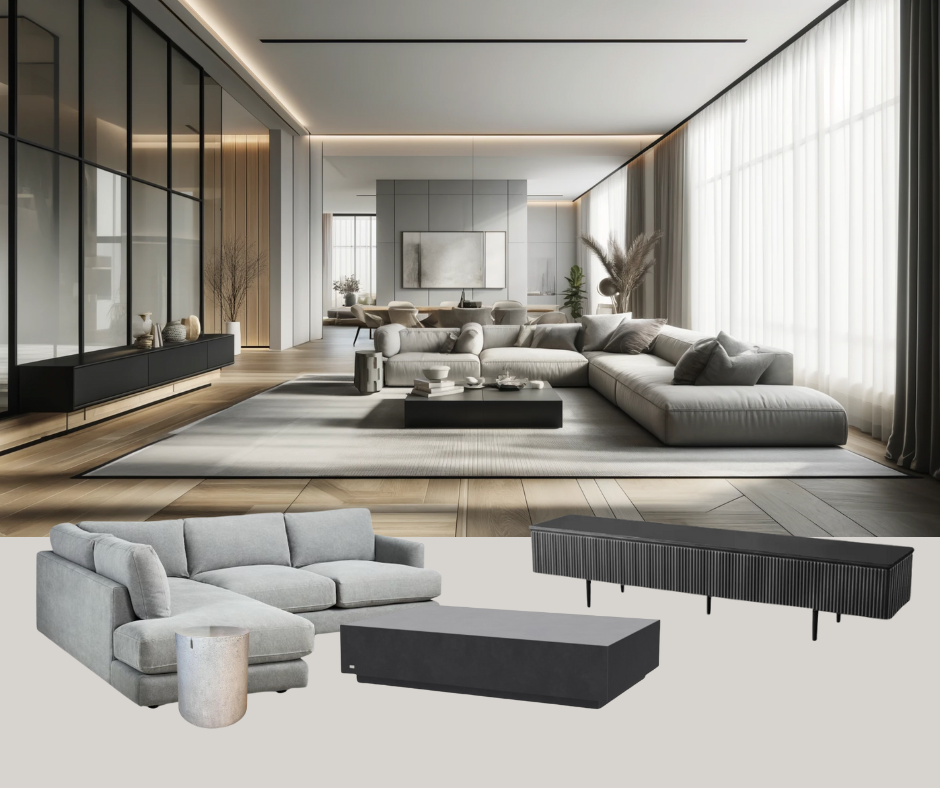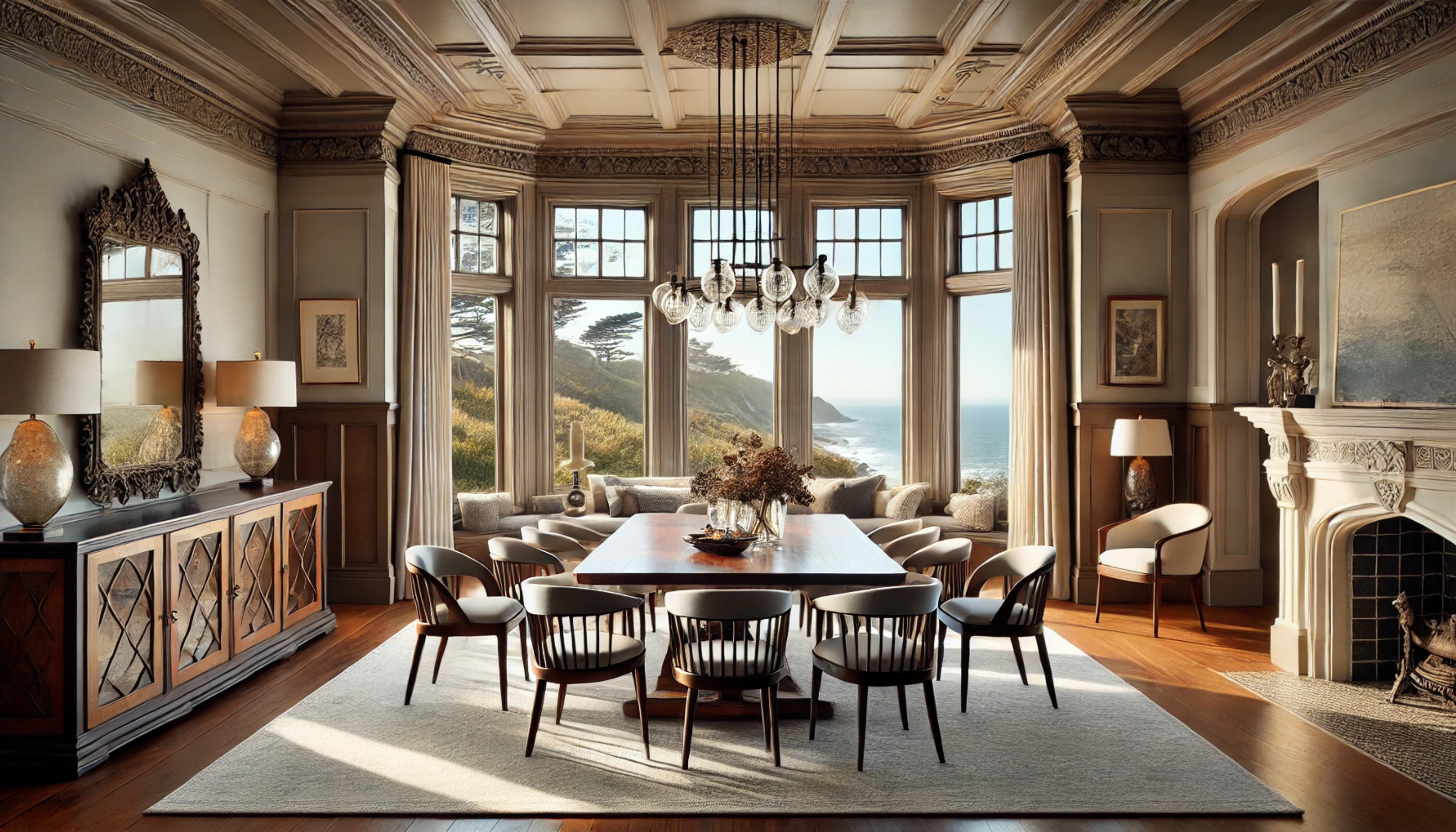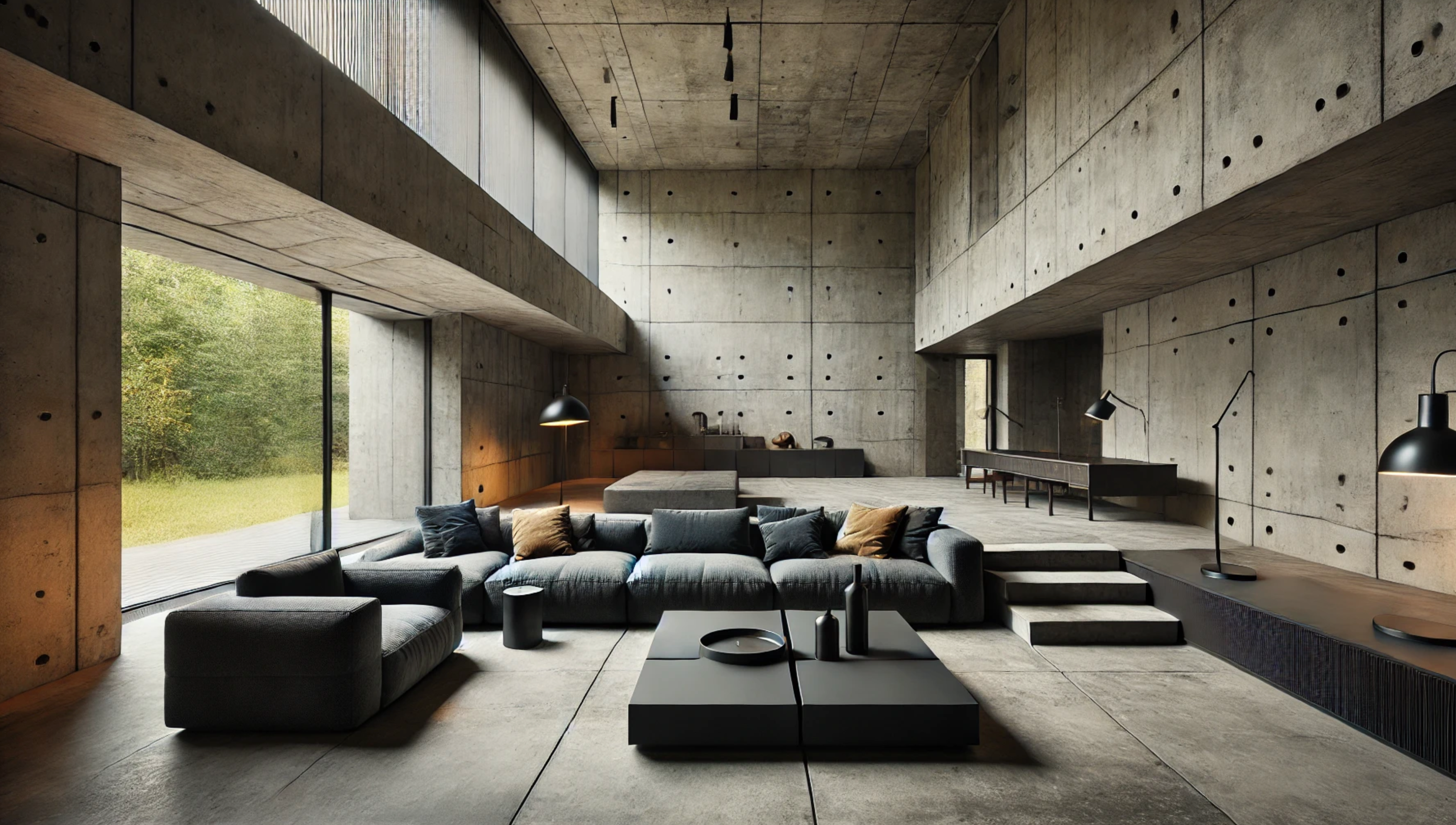
We Want to Hear from You: Do You Use AI Renderings as a Designer?
Summary
Interior designers have traditionally relied on sketches and digital renderings, but AI is rapidly transforming the way designs are created and shared with clients. While AI tools offer speed and flexibility, questions remain about their quality, authenticity, and potential to replace human creativity. This article explores the evolution of rendering methods, the strengths and limitations of AI, and how designers are integrating these tools into their workflows. Share your thoughts: is AI enhancing or disrupting the design process?
Reflection Questions
How has AI impacted your creative process as a designer? Do you see it as a tool that enhances or hinders your work?
What do your clients value more: the speed and realism of AI renderings or the personal touch of traditional methods?
Are there specific design tasks beyond renderings where AI could support your workflow or improve efficiency?
Journal Prompt
Reflect on a recent design project where you created renderings for a client. How would using AI have changed your approach or outcome? Consider what you value most in the rendering process—speed, precision, creativity, or personal touch—and how those priorities align with AI’s capabilities. Would you embrace AI, or stick with traditional methods? Why?
Imagine standing in the middle of a room that you’ve already completely redesigned in your head. Now, imagine trying to explain that vision—every texture, every beam of light, every detail of what could be—to someone who’s never stepped inside your mind. This has always been a primary challenge of interior design: turning dreams into something tangible—something others can see and feel before a single nail is hammered.
For decades, designers relied on hand-drawn sketches, watercolor illustrations, and swatches to communicate their visions. As technology advanced, glowing screens replaced paper pads, and digital programs ushered in an era of precision and speed. But today, AI has truly upended them all. Dozens of designers have jumped on the bandwagon and we totally understand why! Using AI is an easy way to toss ideas around and quickly relay those ideas to clients.
Yet, as AI reshapes how designers create and communicate, it also gives us pause. Our biggest question: are AI renderings actually any good?
Rendering Methods We’ve Used in the Past
Hand-drawn sketches used to be the go-to method for interior design, but things have changed a lot over the years. These drawings were personal, carefully crafted expressions of a designer’s vision.
Watercolor renderings added a soft, dreamy quality that helped clients picture themselves in the spaces. There was a human touch to these methods, a hands-on connection between the designer and their ideas that’s hard to replace with today’s technology. (Still, AI renderings seem to be trying pretty hard to take their spot.)
Digital Advancements
Then came the glow of computer screens—they’ve all but replaced the analog romance of pencil and paper with the hum of processors and the sleek precision of mouse clicks. Over the last decade, programs like AutoCAD and Revit have become absolutely indispensable.
These programs transform abstract ideas into exacting technical drawings that make communicating with clients, builders, and contractors easy-peasy. SketchUp gave those who struggle with technology an easy in while 3ds Max and V-Ray offered hyper-detailed renderings that blurred the line between virtual and real.
Understanding AI

AI tools have exploded in just a few short years. Unlike traditional software, AI doesn’t just help you fine-tune details. According to those who design AI, this tech “practically reads your mind.” We’re not convinced of that just yet (it definitely has flaws). However, it is true that with just a few inputs, AO can generate multiple concepts, suggest layouts, and even fine-tune textures and lighting.
The best part? It’s fast. That seems to be the kicker. AI can create several variations of a design in minutes, making it ideal for brainstorming and getting instant feedback. It’s also accessible—many tools don’t require advanced technical skills, which is a game-changer for designers who’ve been intimidated by traditional 3D modeling software. Some are even free to use.
But as with all new tools, it’s not perfect. And that brings us to the big question: are these renderings really worth the hype?
Are AI Renderings Actually Any Good?

Let’s be honest: AI renderings are impressive, but they’re not without their flaws. On the plus side, they’re fast, customizable, and often look stunningly realistic. For early-stage brainstorming or concept presentations, they can be a lifesaver. You can churn out multiple options in the time it would take to sharpen your colored pencils.
But here’s the catch: AI renderings can sometimes miss the mark. Details like scaling, lighting, or the subtle textures of a material might feel a little…off. Just look at the AI renderings in this article; you can definitely tell that they were generated by a program—not a person.
And while they’re great for creating a quick visual, they often lack the personal touch and nuance that a designer’s hand—or even a skilled rendering in programs like V-Ray—can achieve. Clients might be wowed by the speed, but seasoned designers will spot the cracks.
For some projects, AI is a solid starting point. For others, you might still want to reach for the tools you know and trust.
What Do Clients Think of AI Renderings?

We all know that clients love visuals that make it easy to see the potential of a space. AI renderings can deliver that in spades—crisp, photorealistic images that make the future look so real you could step into it. Plus, the ability to quickly adjust designs during meetings is a huge selling point.
But not everyone’s on board. Some clients prefer the artistry of traditional renderings—feeling that they’re more personal or thoughtful. Others might worry that AI visuals are either “too perfect” or “too wonky” and not reflective of what the finished space will actually look like.
As designers, it’s our job to bridge that gap if we choose to use AI. We must understand how AI fits into the process and emphasize that the tools we use, whether AI or hand-drawn, are all about bringing their dreams to life. AI won’t replace the care, creativity, and custom touch we bring to every client’s project.
Common Questions and Concerns Designers Have About AI

Let’s face it: AI is exciting, but it’s also a little intimidating. The biggest worry for many designers is whether AI will replace them altogether. After all, if a program can spit out a polished rendering in minutes, where does that leave the human touch? While the jury is still out, we hope that instead of replacing creativity, AI will amplify it. We promise that your unique ideas, problem-solving skills, and ability to connect with clients can’t be automated.
Another common concern is how to explain the use of AI to clients. Does using AI make your work seem less authentic? Not at all. The key is transparency. Think of AI as just a tool in your toolbox, like SketchUp or AutoCAD. It’s another way to turn your ideas into something clients can see.
And, of course, there’s the learning curve. Some AI programs are plug-and-play, but others take time to master. The trick? Start small. Pick one AI tool, explore its features, and ease it into your workflow.
Fuel your creative fire & be a part of a supportive community that values how you love to live.
subscribe to our newsletter
*please check your Spam folder for the latest DesignDash Magazine issue immediately after subscription

Beyond Renderings: Other Ways Designers and Architects Use AI
Some designers are using AI in other areas, too. Take space planning, for example. AI can analyze a room’s dimensions and traffic flow to suggest layouts that maximize both functionality and aesthetics.
Sustainability is yet another area where firms are using AI. Some programs can predict energy use, recommend eco-friendly materials, and even simulate how natural light will interact with a space.
Then there’s material selection. AI can suggest options based on durability, cost, and style, taking some of the guesswork out of sourcing. Combine that with virtual and augmented reality capabilities, and clients can now “walk through” a space before it even exists.
We can’t forget about data-driven design. AI can analyze trends, track client preferences, and provide insights that help designers stay ahead of the curve. Whether it’s spotting the next big color trend or recommending layouts that resonate with a target demographic, AI has the potential to spot opportunities for your firm.
We Want to Hear from You: Do You Use AI?

AI is shaking things up in the design world, but every firm’s journey with this technology is different. Maybe you’ve already embraced AI for renderings, space planning, or material selection. Perhaps it’s helped streamline your workflow or sparked fresh creative ideas. Or maybe you’re still on the fence, wondering if it’s worth the hype—or if it fits into your process at all. Some of us still feel that AI will harm the design profession—and many other creatives whose jobs are suffering (writers, for example).
Whatever your experience, we’d love to hear about it! How are you using AI, and what impact has it had on your work? Are clients raving about it, or do they still prefer the old-school touch? Share your thoughts, insights, and even your questions—we’re eager to learn how AI is shaping your experiences as a designer.








